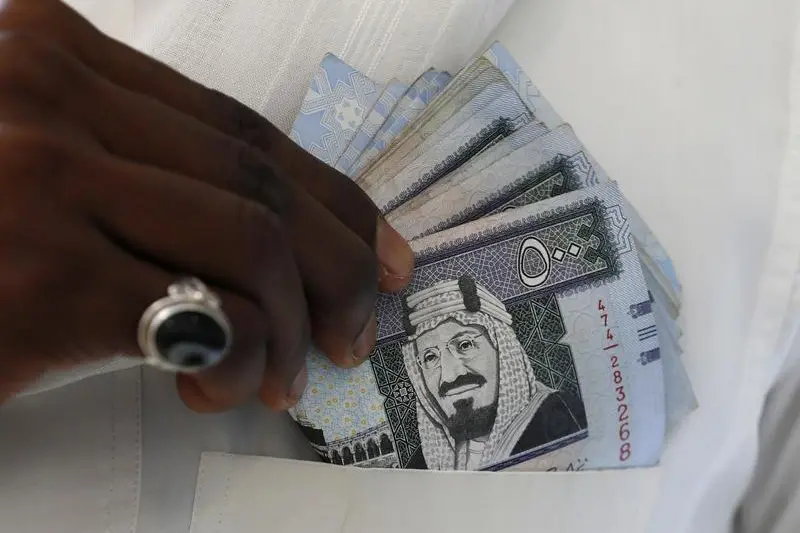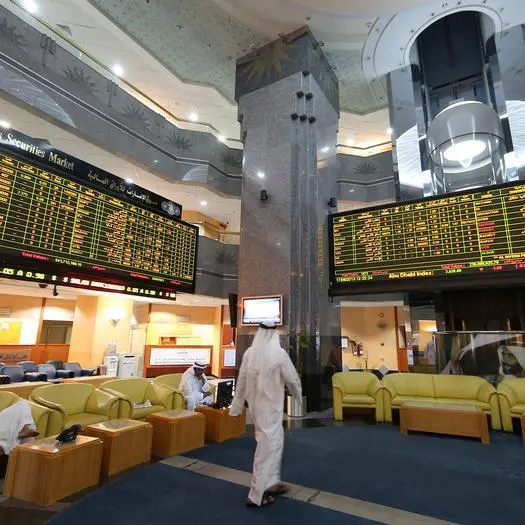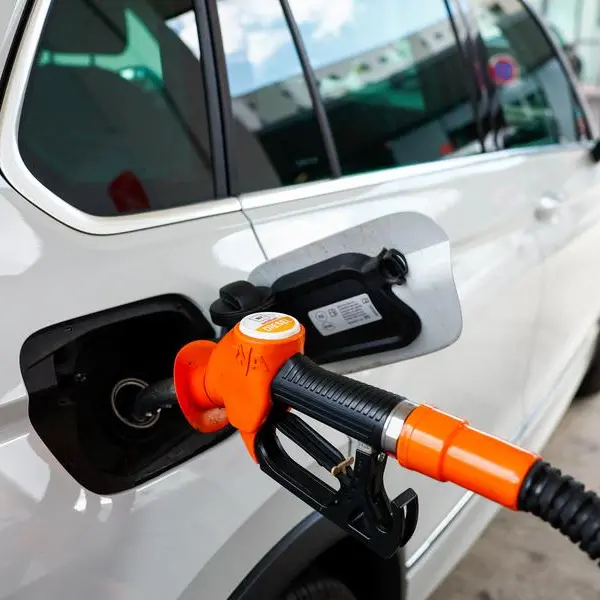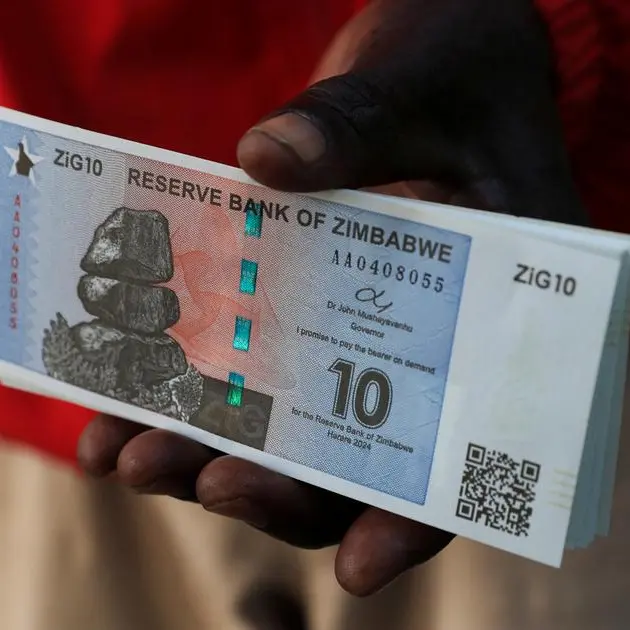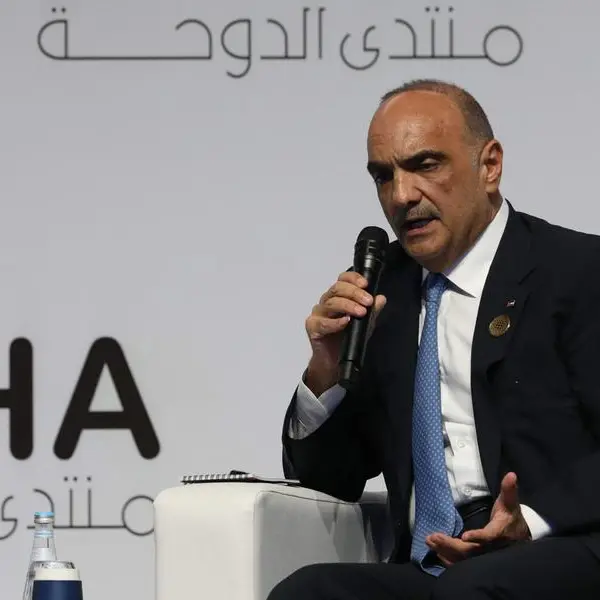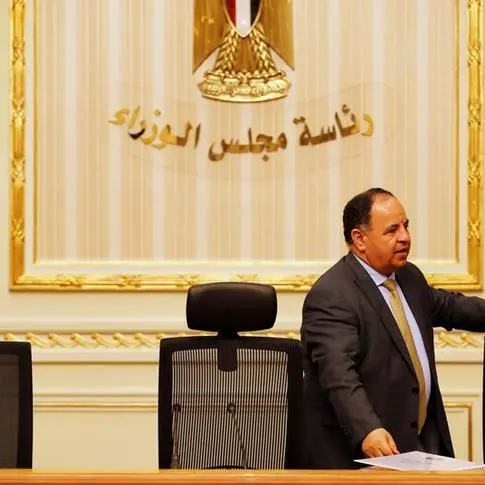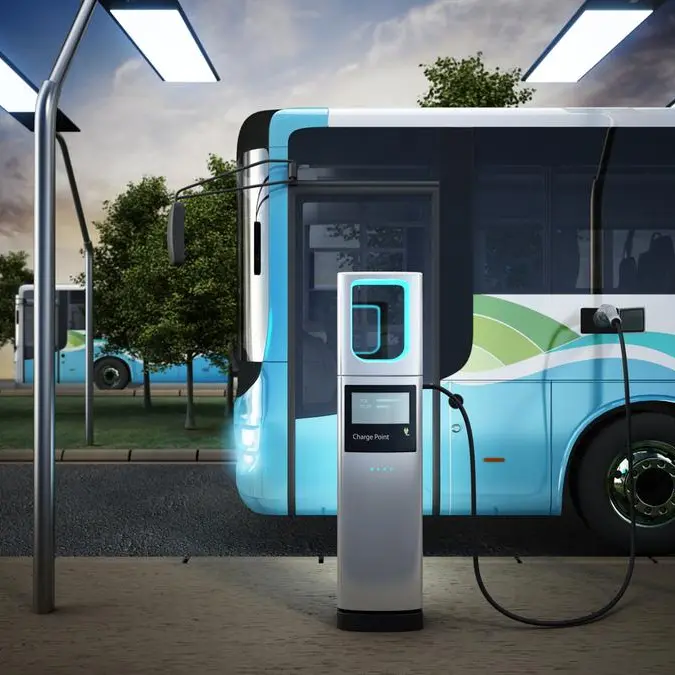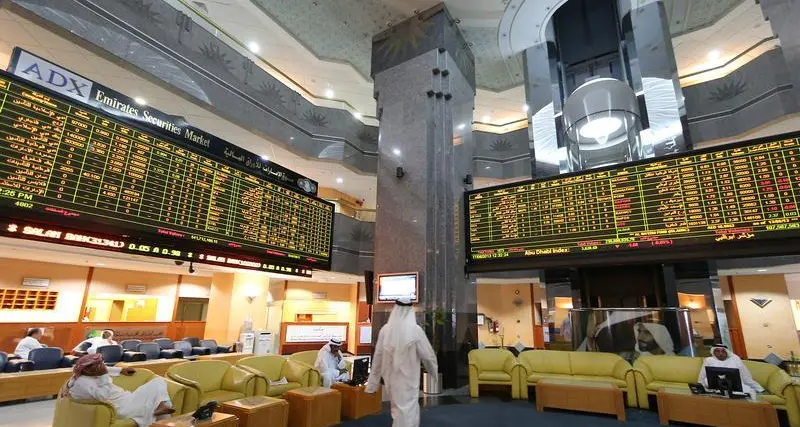PHOTO
DUBAI - Saudi Arabia’s economy showed an improving performance in October, with evidence of a boost in consumer spending as measured by financial transactions in shops and ATM machines, according to Jadwa Investment in a report published yesterday.
Government finances also continued to improve, with an 11 percent rise in government revenues in the third quarter, outstripping a 5 percent increase in government costs, the investment bank said. This leaves the fiscal deficit at SR49 billion ($13 billion) at the end of September, down from SR54 billion at the same time last year.
“Looking ahead, we expect to see a significant ramp in government capital spending in the current quarter of 2017,” Jadwa chief economist Fahad Al-Turki said.
The report confirmed that Saudi Arabia Monetary Authority foreign reserves rose for the first time for three months, to stand at $493 billion in October, boosted by the proceeds of a $12.5 billion international sovereign bond.
However, the report also noted that a crucial measure of the non-oil economy, the purchasing managers’ index (PMI), remained unchanged month on month in October. “Continued subdued activity in the construction sector led cement sales to drop by 5 percent year-on-year, and clinker inventories rising to record highs,” Jadwa said.
Economists at Al-Rajhi Capital said that reforms were continuing amid what it called “sluggish” economic activity, and noted that “concerns at the recent anti-corruption drive in the Kingdom have caused volatility in the market.”
Al-Rajhi added: “However, the recent rating affirmation by Standard & Poors (the American ratings agency) credit ratings at A-/A-2 with a stable outlook — is likely to sooth investor concerns and reiterate that though this reform ... might create uncertainty in the short-term, it is a positive move in the medium to long term. According to Saudi officials, the anti-corruption drive could yield $100 billion to the nation’s coffers, which is 57 percent of total government reserves.”
Point-of-sale (POS) transactions rose 15 percent year-on-year, compared to the yearly rise of 6.4 percent in September, primarily due to the low base of October 2017, which was impacted by the cut in public-sector employee salaries and allowances, Al-Rajhi said.
Meanwhile, ATM transactions grew by 1.3 percent year-on-year in October 2017 after a brief drop in the previous month, the Al-Rajhi report added.
In a separate report also published yesterday, independent economist Nasser Saidi noted a continuing deterioration in credit provision to non-government entities. “Outstanding bank loans to the private sector shrank (for the eighth consecutive month) by 1.2 percent year-on-year in October,” he said.
Reporting by FRANK KANE
Copyright: Arab News © 2017 All rights reserved. Provided by SyndiGate Media Inc. (Syndigate.info)
Government finances also continued to improve, with an 11 percent rise in government revenues in the third quarter, outstripping a 5 percent increase in government costs, the investment bank said. This leaves the fiscal deficit at SR49 billion ($13 billion) at the end of September, down from SR54 billion at the same time last year.
“Looking ahead, we expect to see a significant ramp in government capital spending in the current quarter of 2017,” Jadwa chief economist Fahad Al-Turki said.
The report confirmed that Saudi Arabia Monetary Authority foreign reserves rose for the first time for three months, to stand at $493 billion in October, boosted by the proceeds of a $12.5 billion international sovereign bond.
However, the report also noted that a crucial measure of the non-oil economy, the purchasing managers’ index (PMI), remained unchanged month on month in October. “Continued subdued activity in the construction sector led cement sales to drop by 5 percent year-on-year, and clinker inventories rising to record highs,” Jadwa said.
Economists at Al-Rajhi Capital said that reforms were continuing amid what it called “sluggish” economic activity, and noted that “concerns at the recent anti-corruption drive in the Kingdom have caused volatility in the market.”
Al-Rajhi added: “However, the recent rating affirmation by Standard & Poors (the American ratings agency) credit ratings at A-/A-2 with a stable outlook — is likely to sooth investor concerns and reiterate that though this reform ... might create uncertainty in the short-term, it is a positive move in the medium to long term. According to Saudi officials, the anti-corruption drive could yield $100 billion to the nation’s coffers, which is 57 percent of total government reserves.”
Point-of-sale (POS) transactions rose 15 percent year-on-year, compared to the yearly rise of 6.4 percent in September, primarily due to the low base of October 2017, which was impacted by the cut in public-sector employee salaries and allowances, Al-Rajhi said.
Meanwhile, ATM transactions grew by 1.3 percent year-on-year in October 2017 after a brief drop in the previous month, the Al-Rajhi report added.
In a separate report also published yesterday, independent economist Nasser Saidi noted a continuing deterioration in credit provision to non-government entities. “Outstanding bank loans to the private sector shrank (for the eighth consecutive month) by 1.2 percent year-on-year in October,” he said.
Reporting by FRANK KANE
Copyright: Arab News © 2017 All rights reserved. Provided by SyndiGate Media Inc. (Syndigate.info)
